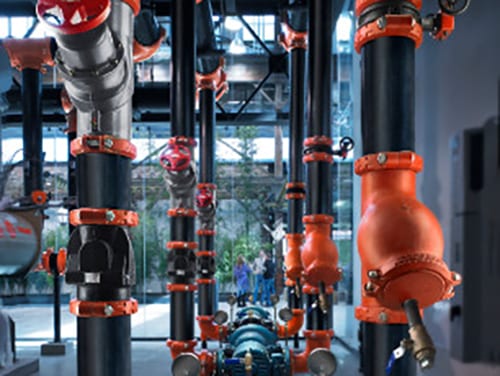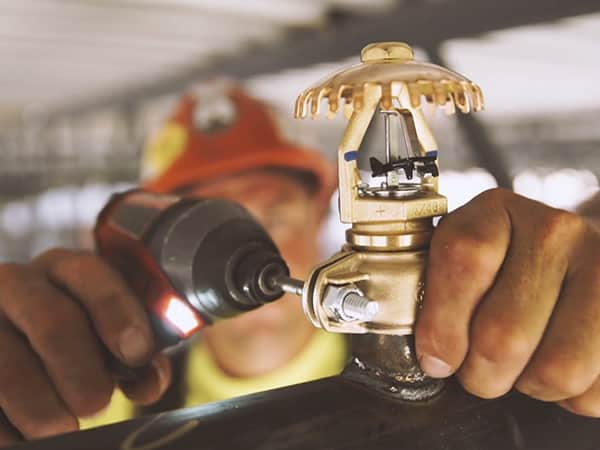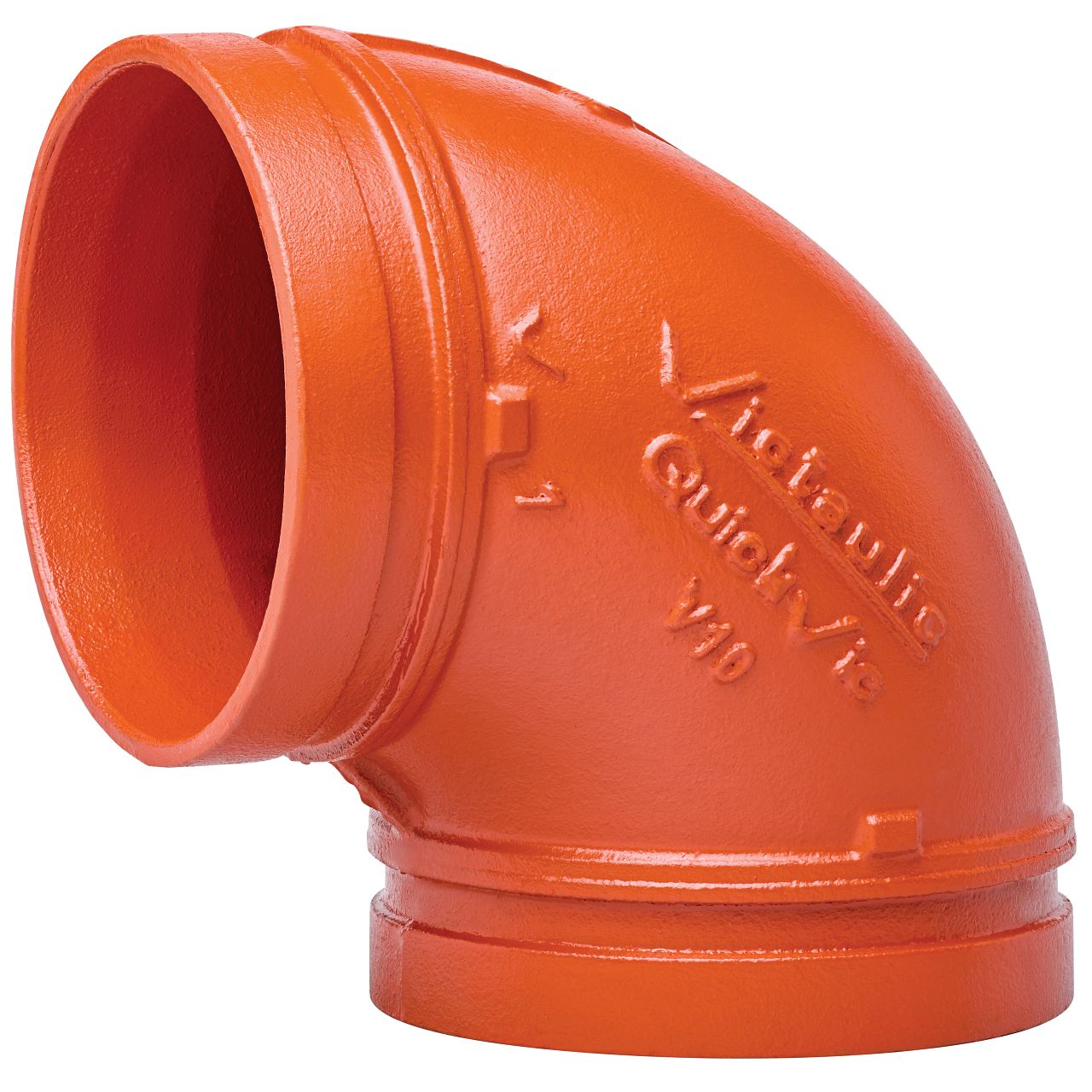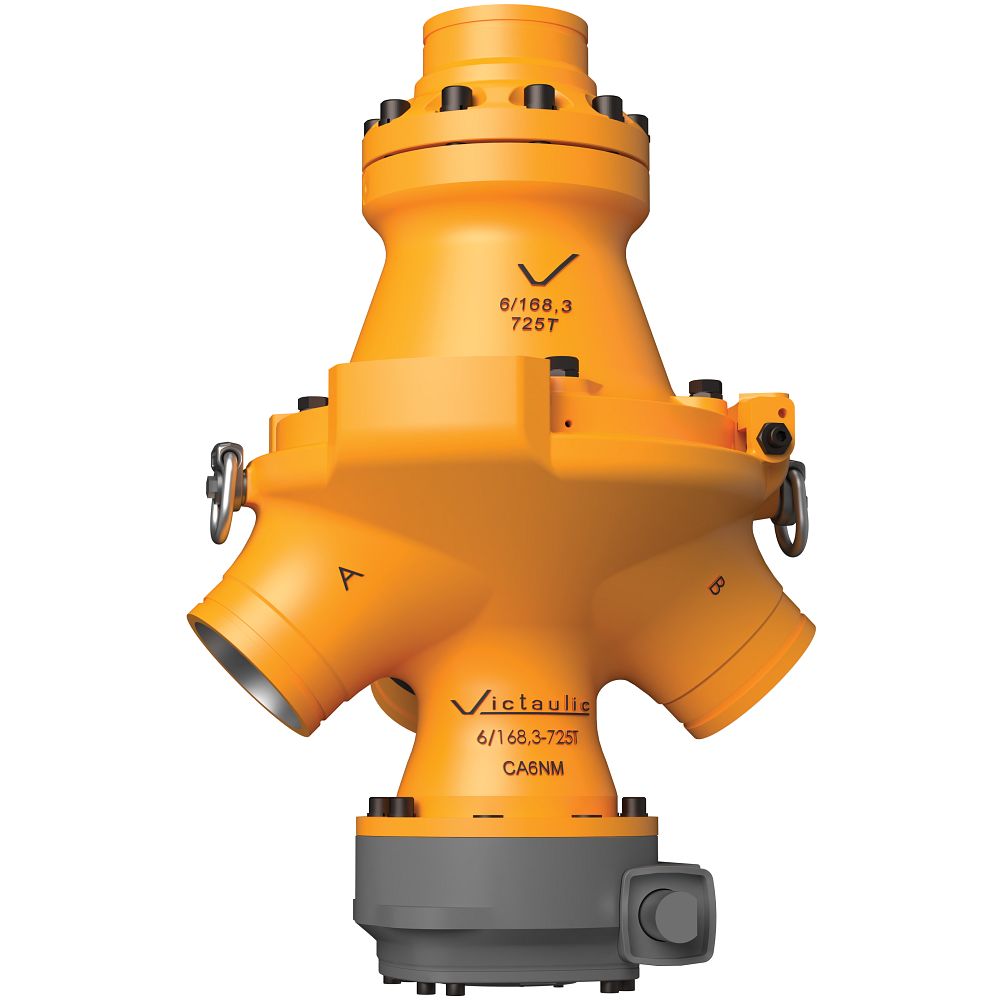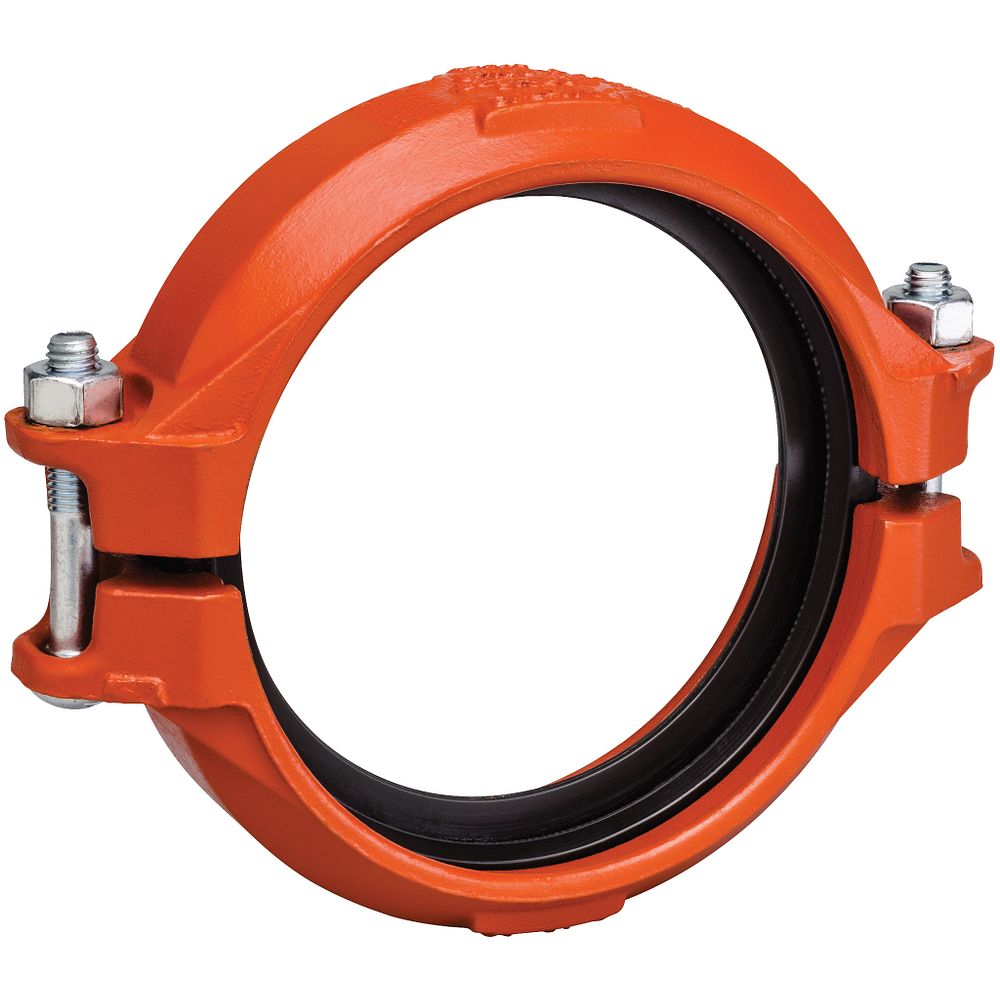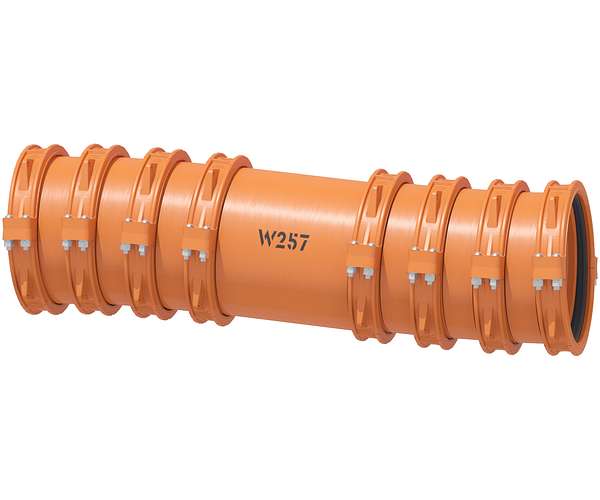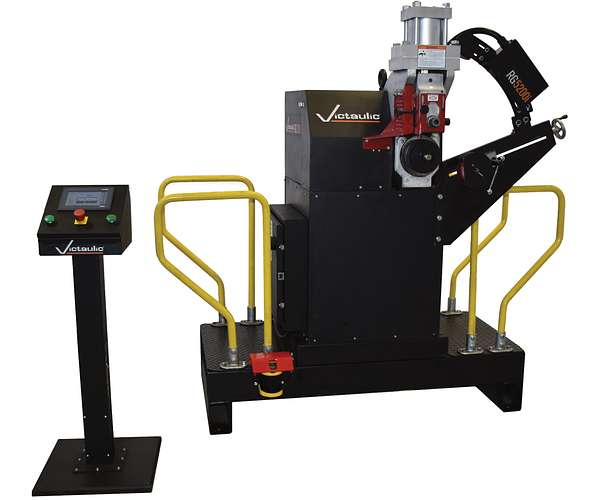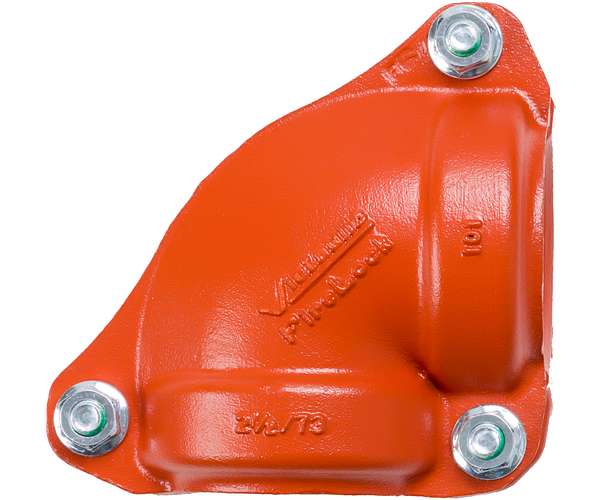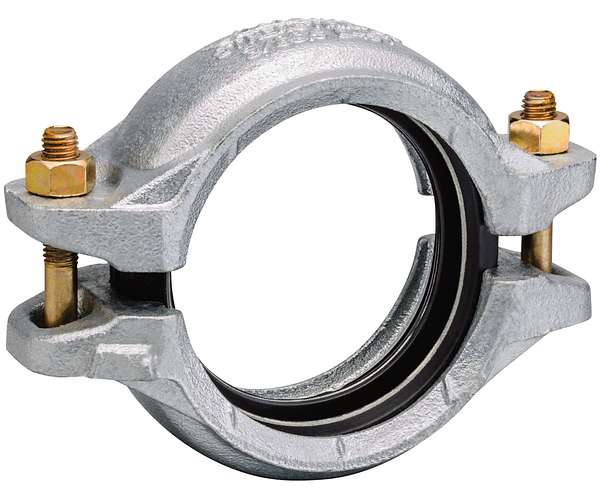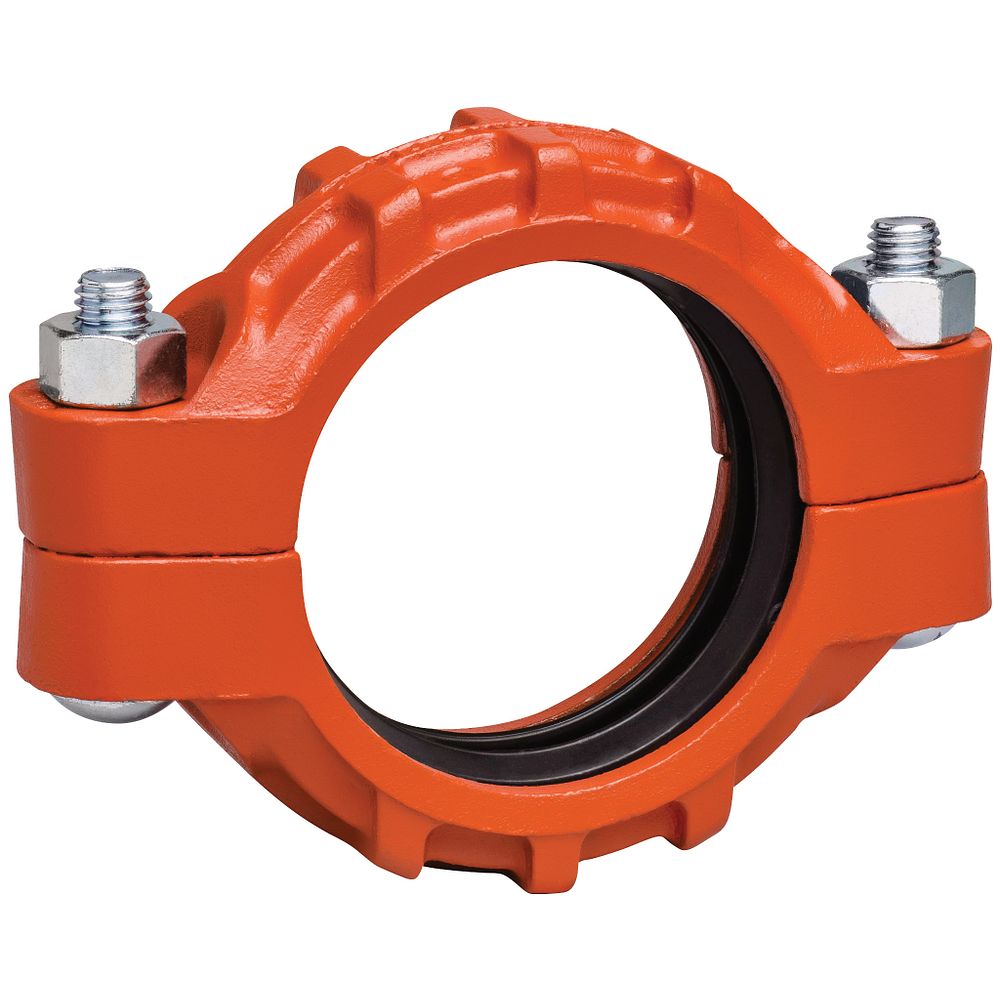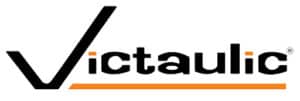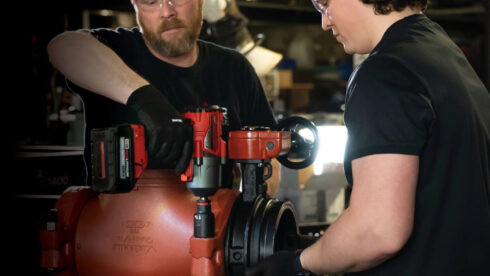
The Best Coupling Ever Built Has Arrived
Introducing the new Style 107V Rigid Coupling and new QuickVic™ Fittings
The first and only coupling designed for high-performance impact guns with fabrication-friendly fittings that deliver unmatched productivity

Sustainability
Driving sustainability in our value chain, enabling circularity in construction.
LEARN MORE

PROJECT PARTNERSHIPS
Every day, on every project, we work for you. Your success is our mission.
EXPLORE OUR PROJECT PARTNERSHIPS

SUBMITTAL PACKAGE ENGINE
Now anyone can build a submittal package delivered as a single combined PDF file with a customizable cover sheet.
CREATE A PACKAGE
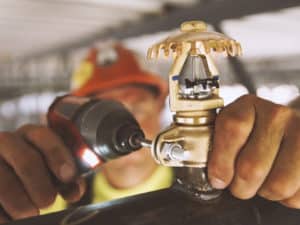
Sprinkler Catalog
Easily filter our industry-leading sprinkler offering to suit your project needs.
EXPLORE OUR OFFERING

SYSTEM DESIGN
Find the right Victaulic products or platforms for your project and build your submittal document package in real time.
VIEW PRODUCT GUIDE

CAREERS
We have what you are looking for - opportunity, growth and a collaborative work environment.
VIEW CURRENT OPENINGS

VICTAULIC MOBILE
Visit the all-new victaulicmobile.com app suite to access a whole world of mobile experiences including guides, configurators, and more!
VIEW VICTAULIC MOBILE

System Solutions
Our individual products blend seamlessly into application-based systems, enabling you to construct piping systems at any scale.
LEARN MORE




